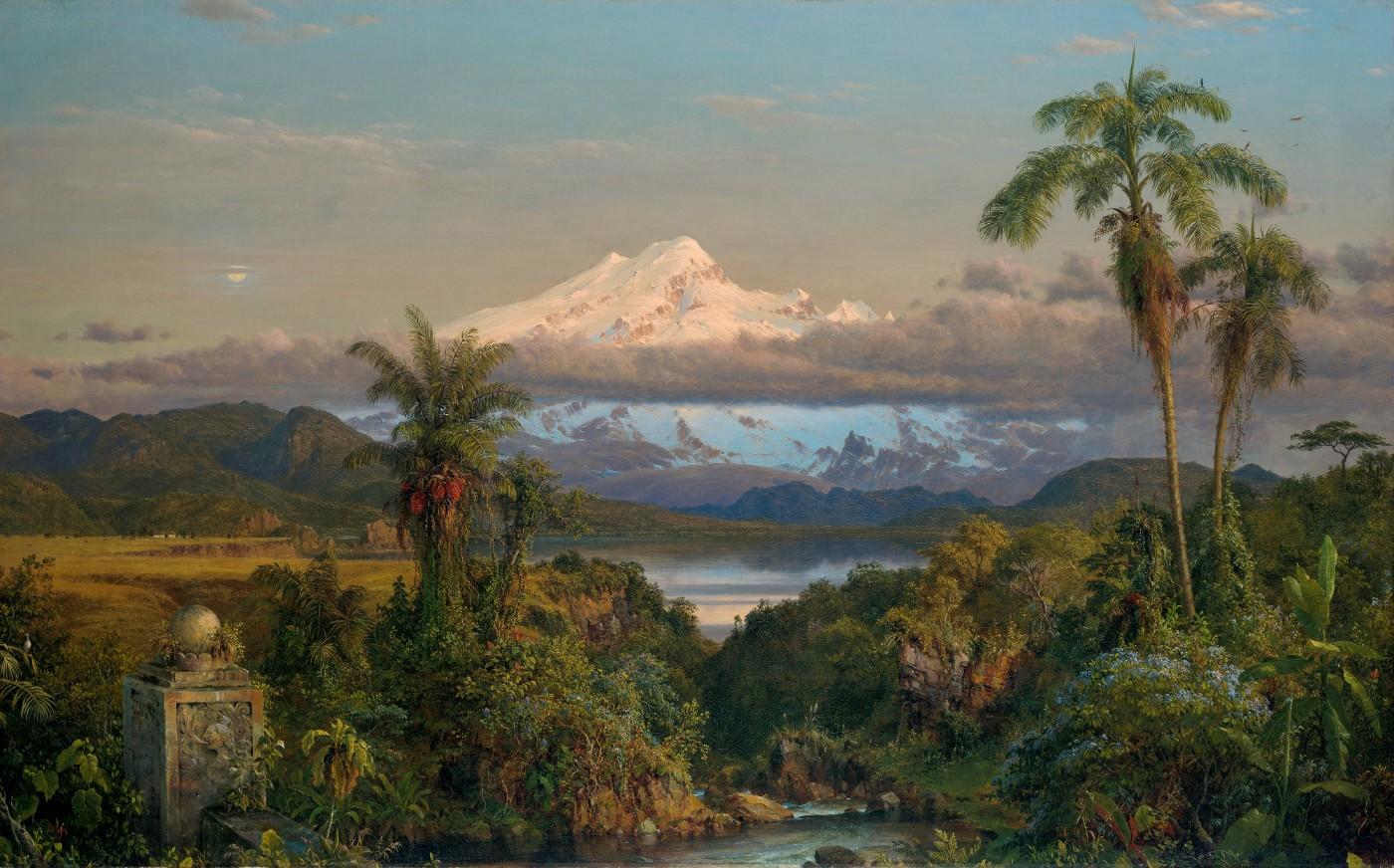This sweeping exhibition engages a wide range of genres and historical contexts – from colonial furniture to the art of Jeffersonian natural science, from Hudson River landscape painting to Native American basketry, from Dust Bowl regionalism to modernist abstraction and postwar environmental activism – highlighting the evolving ecological implications of subjects and contexts of creation as well as artistic materials and techniques. The result is a major reinterpretation of American art that examines both iconic masterpieces and rarely seen objects through a lens uniting art historical interpretation with environmental history, scientific analysis and the dynamic field of ecocriticism.
“Nature’s Nation advances a new approach to understanding and interpreting American art of the past three centuries, opening up rich avenues of engagement with both celebrated and less familiar works of art,” said James Steward, Nancy A. Nasher–David J. Haemisegger, Class of 1976, director. “At a time when the question of our relationship with the natural world is so much on our minds, Nature’s Nation positions the museum as a crucial site for close looking, conversation and exchange on questions that matter both to our identities as Americans and to our future.”


























![DEl Kathryn Barton [Australian b. 1972] the more than human love , 2025 Acrylic on French linen 78 3/4 x 137 3/4 inches 200 x 350 cm Framed dimensions: 79 7/8 x 139 inches 203 x 353 cm](/sites/default/files/styles/image_5_column/public/ab15211bartonthe-more-human-lovelg.jpg?itok=wW_Qrve3)



